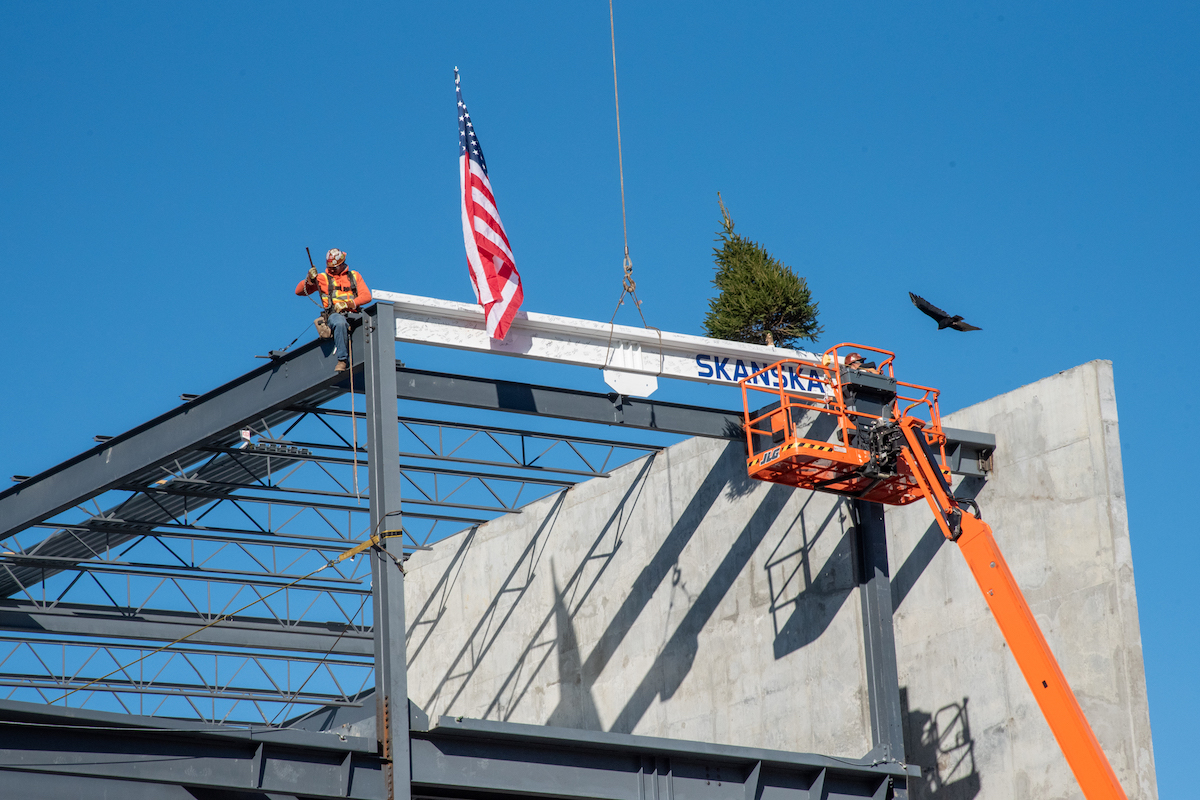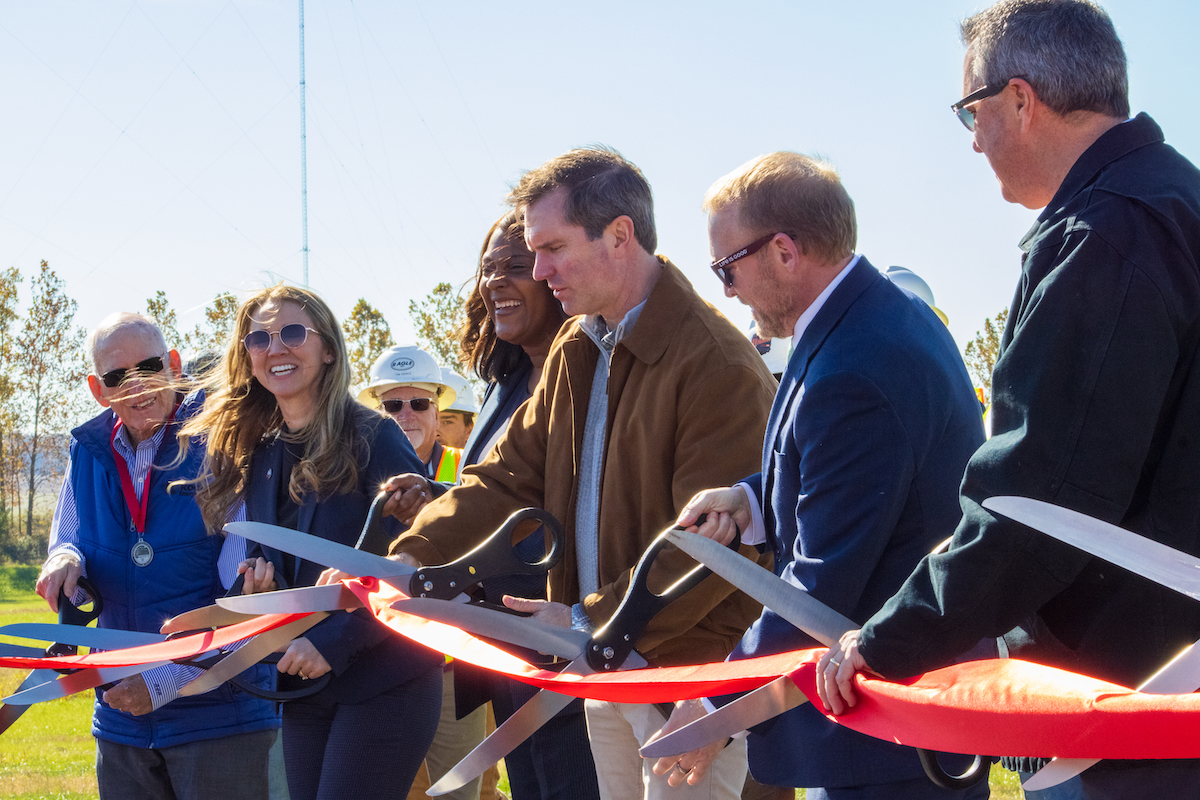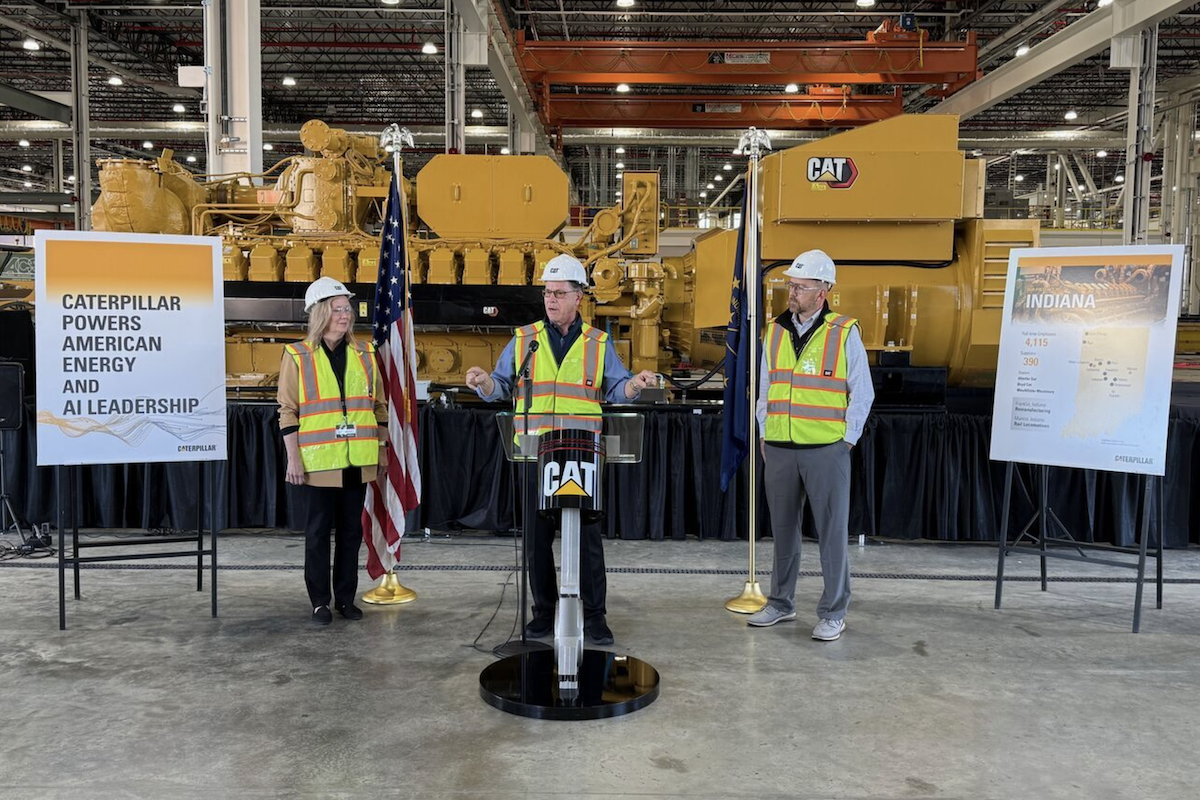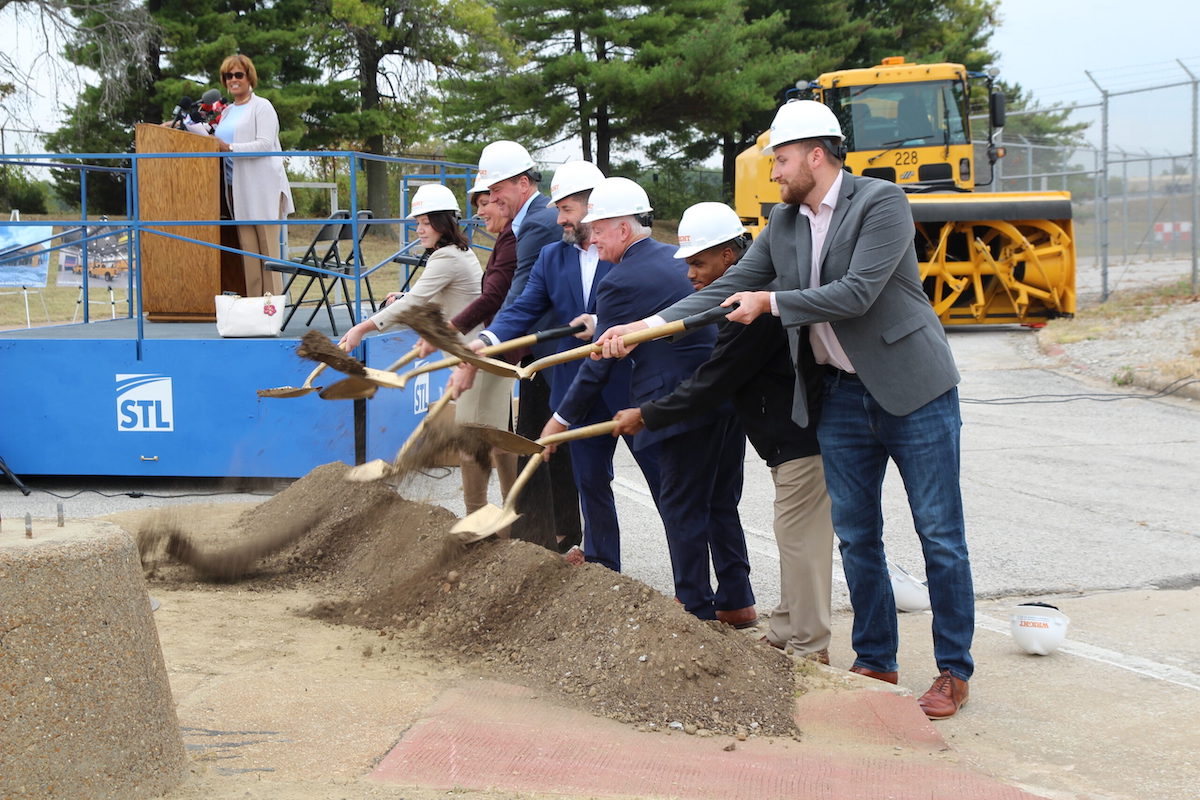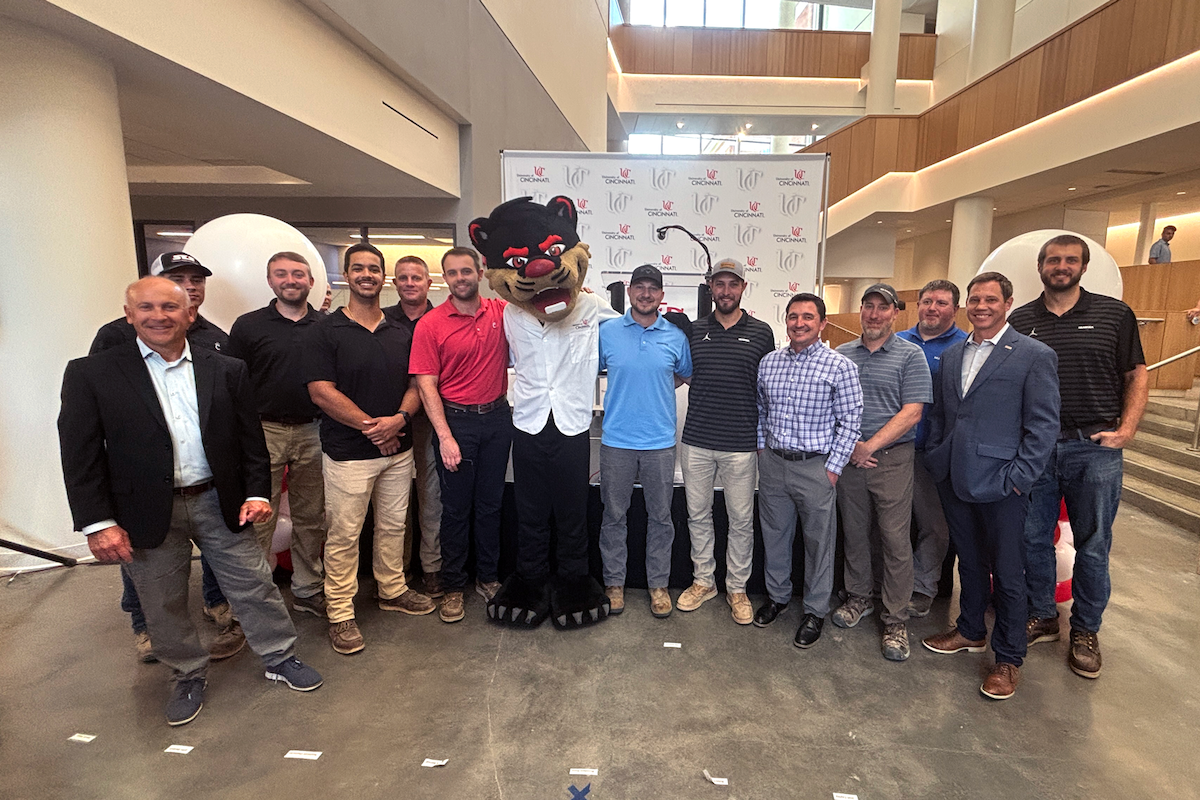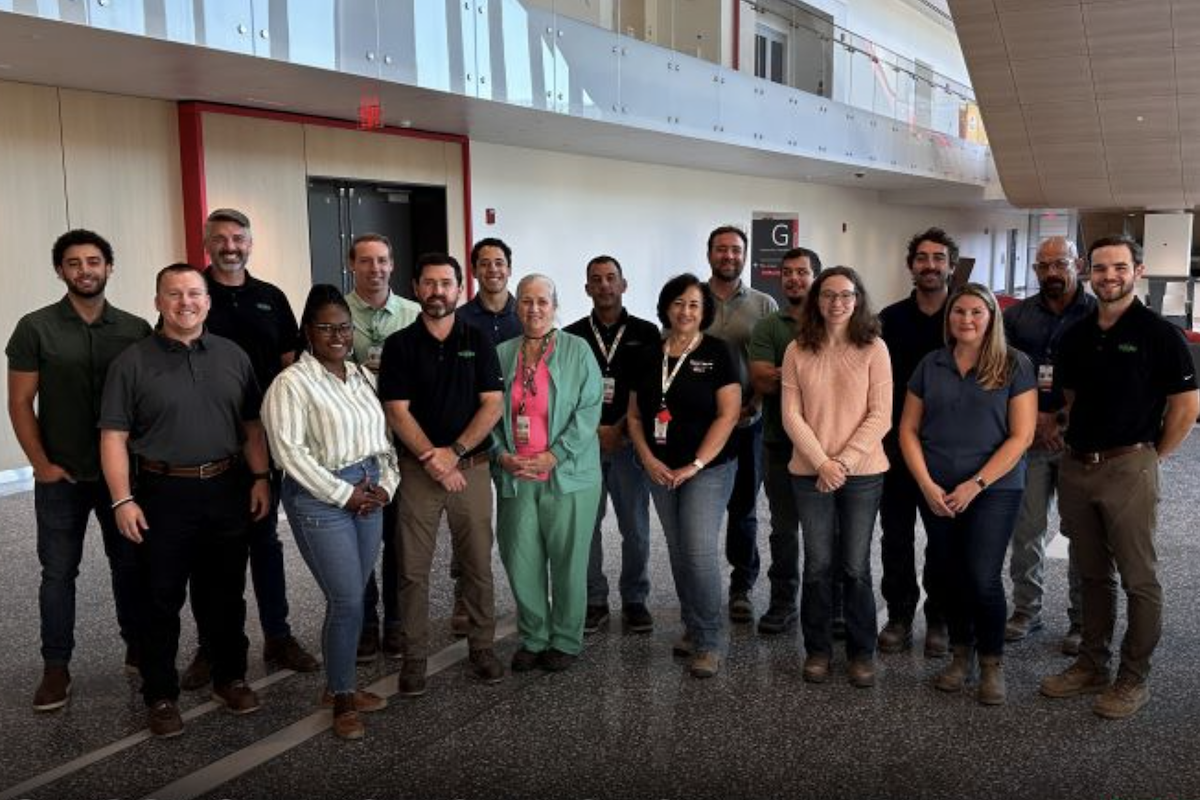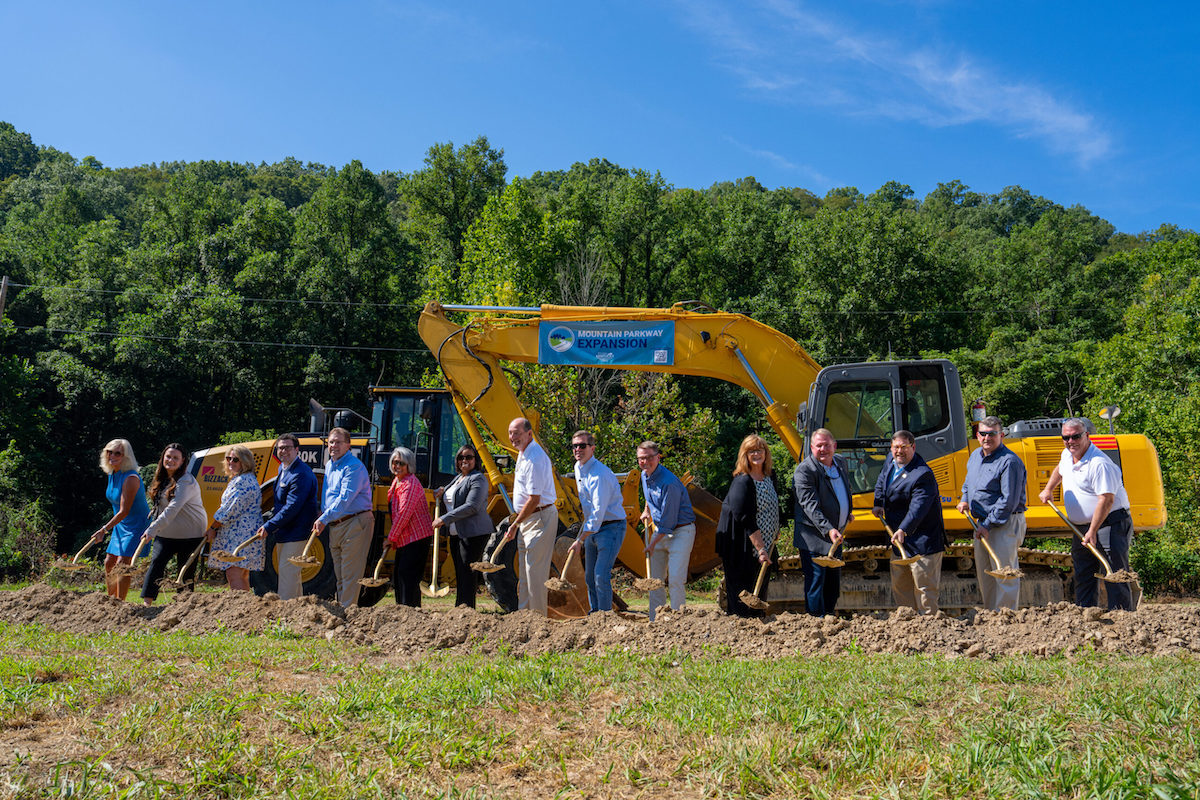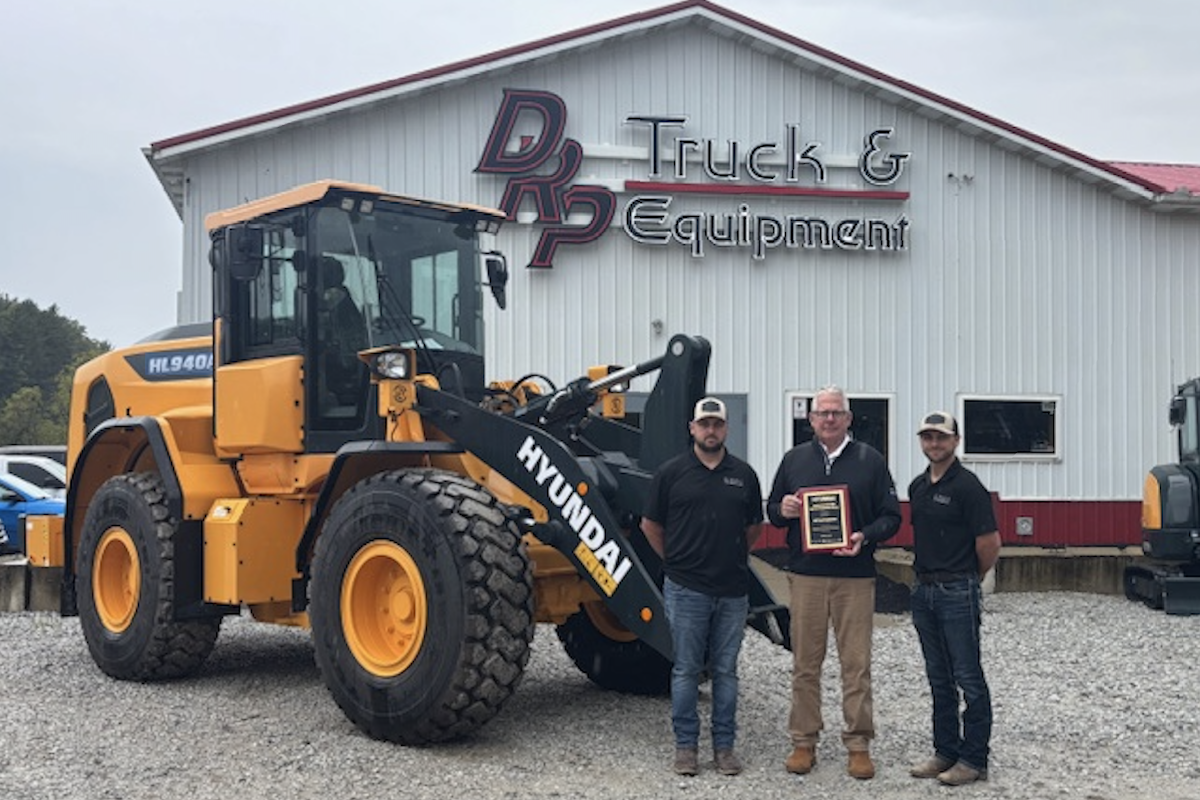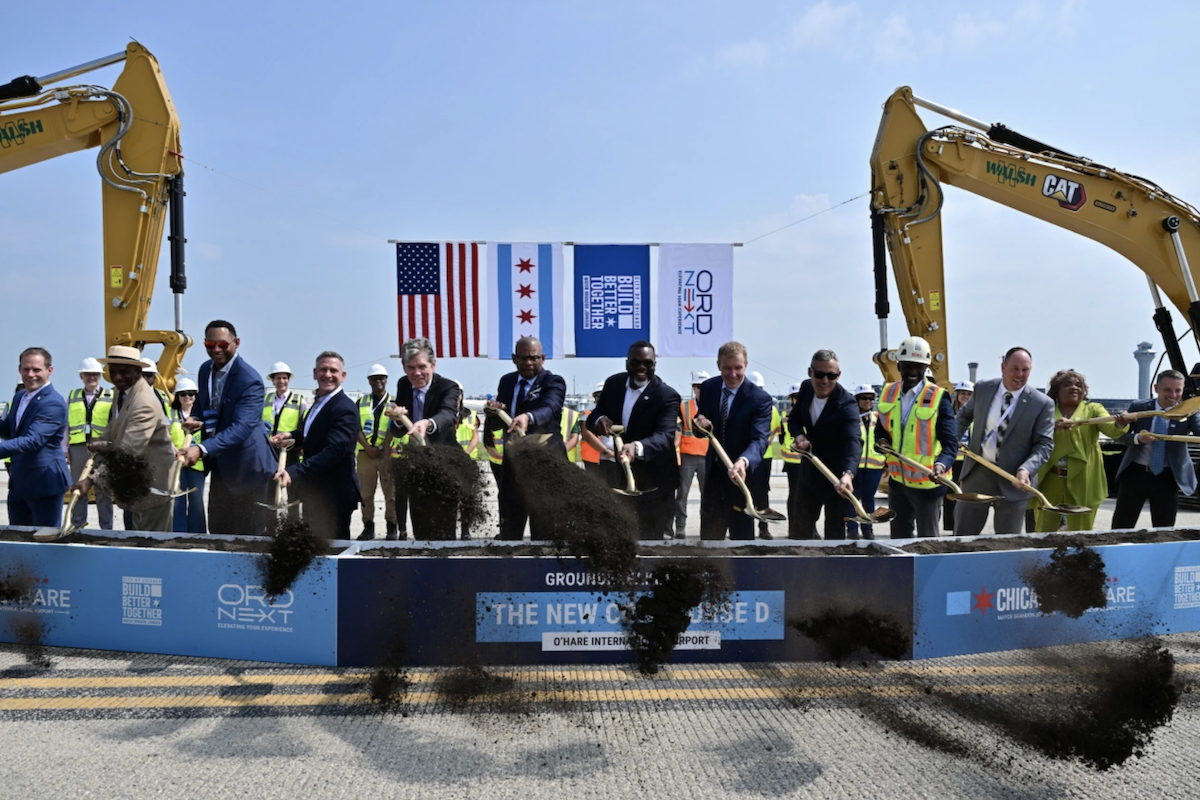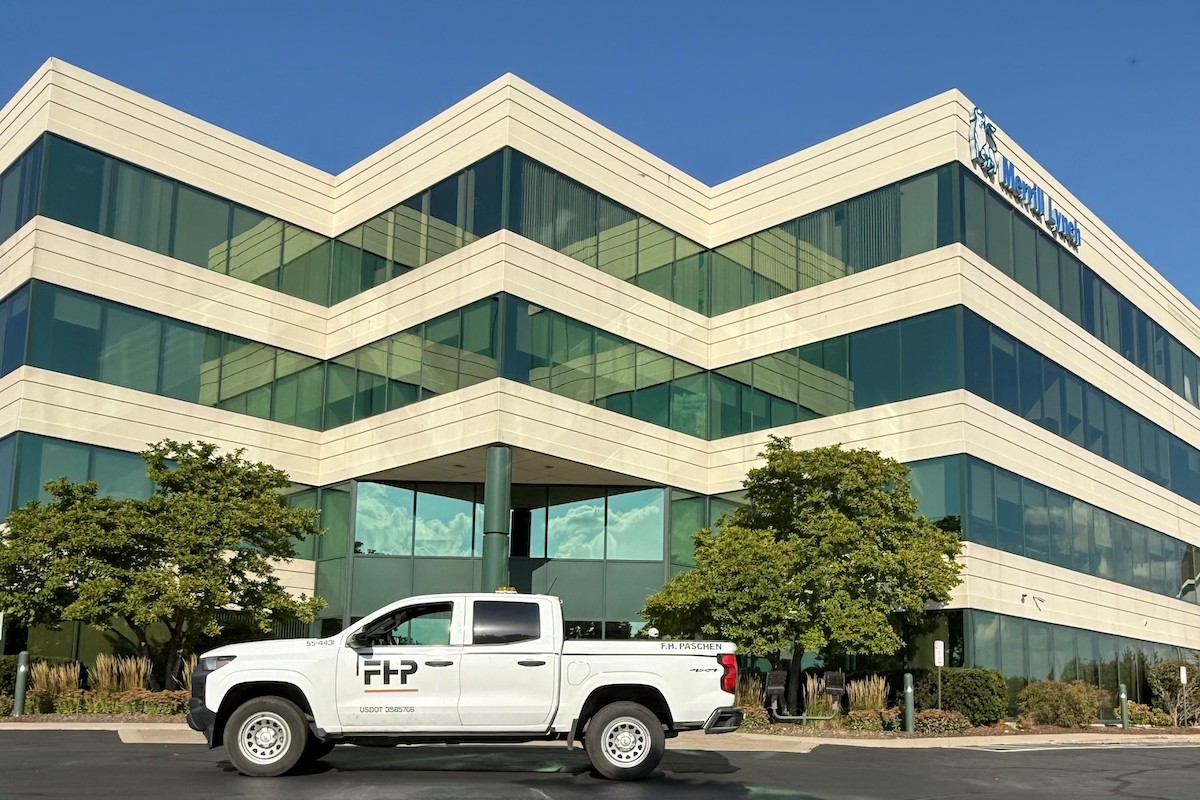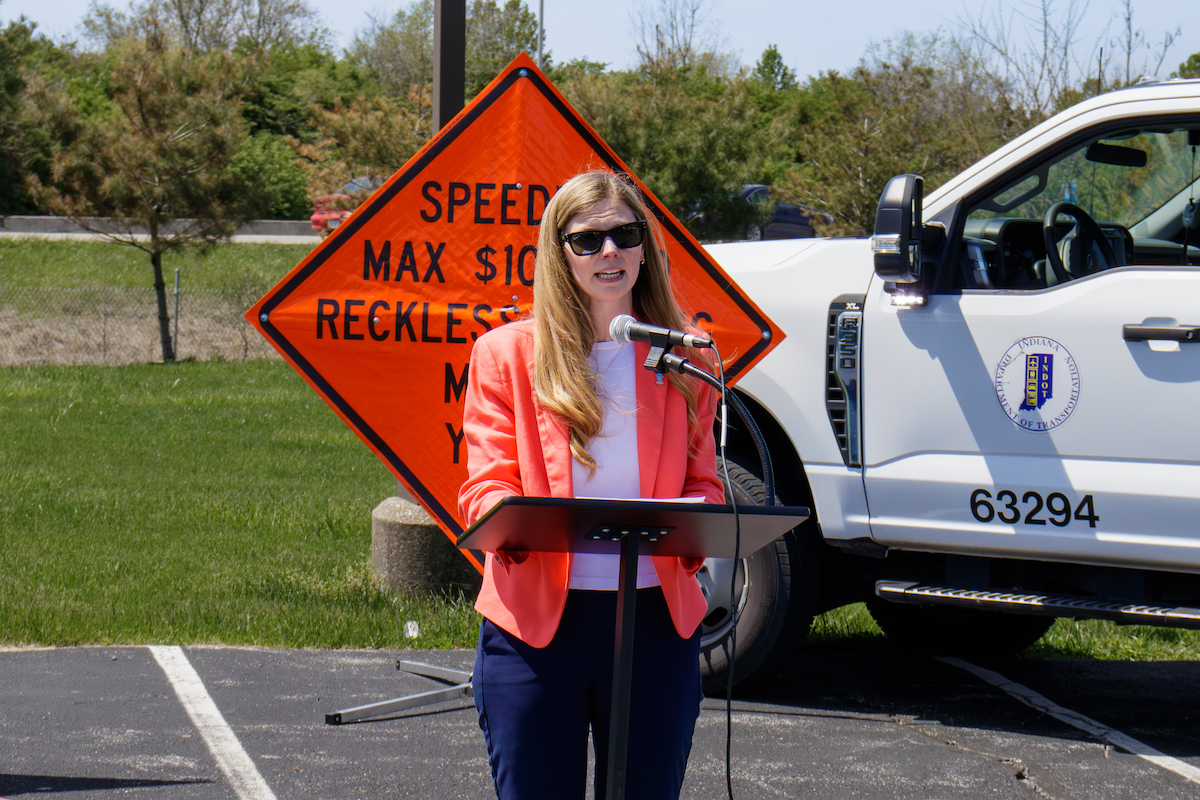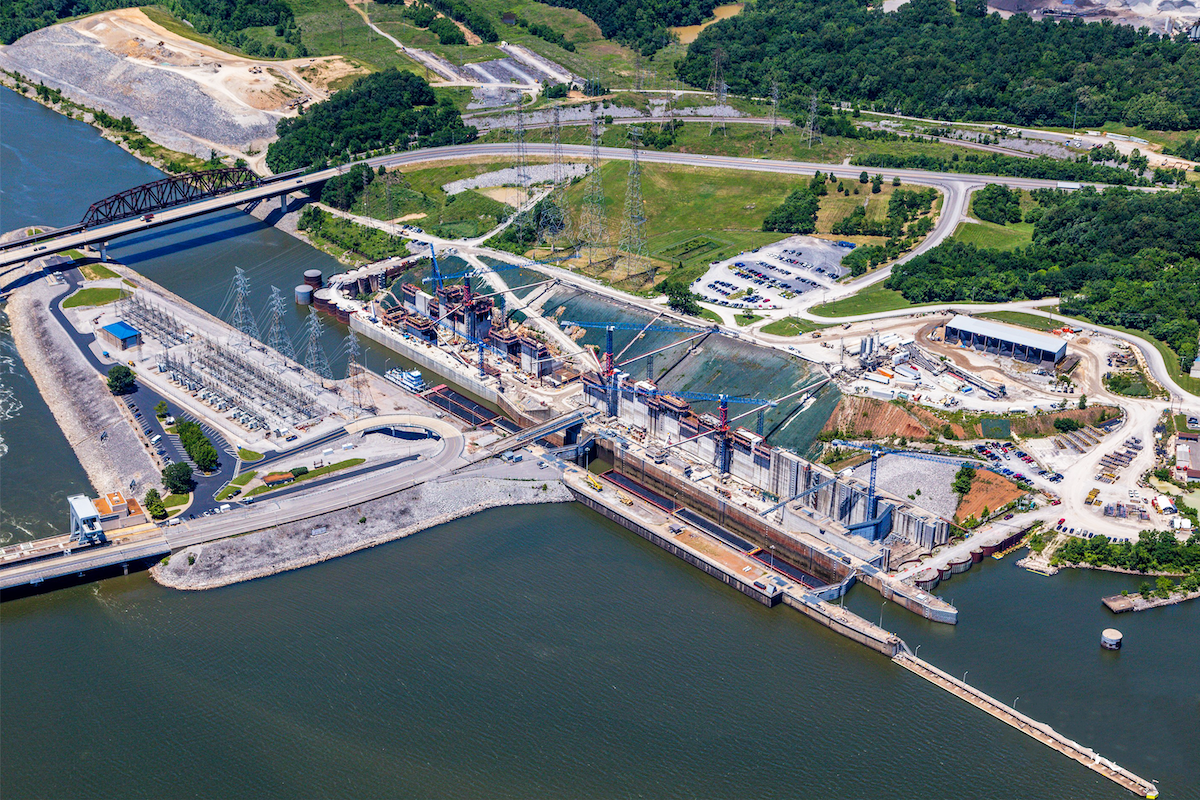For example, by switching out these tools, telehandlers can be used for more than just lifting applications – they excel at hoisting (and material handling) tasks, too, when equipped with a boom-mounted lifting lug attachment (also referred to as a hook or clevis). This type of attachment allows operators to put a chain or straps through it to efficiently handle suspended loads.
Because telehandlers are purpose-built to move heavy objects with great maneuverability, they are often more cost-effective for this type of material handling than bringing in a crane. Here are some things to consider:
- What is the work that needs to be completed?
- Where will that work be done?
This starts with calculating the “maximum pick” the machine will need to handle, which can be done in three steps:

| Your local Sennebogen LLC dealer |
|---|
| Brandeis Machinery |
- Identify the maximum weight of the load that needs to be lifted and handled (i.e., how heavy is the heaviest object/material that needs to be picked up). Make sure the telehandler has enough capacity to support all of the lifts.
- Figure out the maximum angle the machine needs to be able to lift and place the load (i.e., what is the furthest up, over, and/or out that the telehandler needs to reach). It is important to know how much space is available on the job site for maneuvering and positioning the load. Depending on the site, trade-offs may need to be made when selecting a telehandler’s size versus its capacity. Space restrictions will influence not only the size of the telehandler but also the style. For example, if the machine needs to feed the material from a stationary position, similar to how a crane would perform onsite, a rotating telehandler should be considered. JLG rotating telehandlers provide 360 degrees of rotation from one spot.
- Determine the maximum height at which the load needs to be placed (i.e., how high does the load need to be lifted).
Armed with these measurements, users can refer to machine load charts to guide them in selecting the appropriate telehandler. It is important to note that all telehandler attachments have their own load charts, which should always be referenced before use.
The final step in selecting a telehandler is knowing where the machine will work and understanding what the job site conditions will be during operation. For example, will the machine be working on undeveloped surfaces like dirt or rocky soil, or on finished surfaces like turf or concrete? This information helps determine what tires are needed on the machine. Foam-filled/solid tires are great for undeveloped terrain, while non-marking or turf tires will be needed in developed areas to protect the ground.
Also, consider what options the machine should have to keep operators safe and productive during long hours in the cab. For instance, will he/she need an enclosed cab equipped with heat and air conditioning? Depending on the climate and the time of year, this choice is very important. Will he/she need to work before the sun comes up or after it goes down? If so, getting a model with work lights is necessary. When working in heavily congested areas, beacons should be considered.
Understanding the nature of the work to be accomplished and the capabilities of each type of attachment the machine can be fitted with is crucial to safe and efficient use. This means knowing whether a load needs to be picked or placed. Does the job require loose material to be scooped or a load suspended? Does the operator need to grapple loose material or pipes? Answering these questions will help owners/operators select the appropriate size and type of attachments needed.
Attachments for handling suspended loads include jibs that give operators extra length for hoisting and handling materials that aren’t necessarily heavy but are big and bulky – yet need to be set precisely. An example of this is truss boom attachments. Lifting lugs are good attachments for this type of application, too.
As mentioned previously, all devices have a load chart, and it is critical to reference the attachment’s load chart before use. This gives owners and operators very important information about how the machine will operate with the specific tool attached, including details like capacity and range of motion. To get the right machine to do the work, always read and understand the load chart associated with the machine and the attachment.
- Telehandlers (like JLG and SkyTrak fixed-boom and rotating models) are ideal for use when operators need to cost-effectively lift heavy loads and move them around a job site. Cranes are very costly to rent and require a certified crane operator, whereas multiple operators can be trained to run a telehandler.
- Telehandlers are good options to consider when space restrictions would significantly limit a crane’s ability to handle suspended loads. Telehandlers are able to place materials at height with the same as – or even more – precision than a crane, especially when equipped with remote boom control which allows the operator to work outside the cab for better visibility of the load.
To best determine if a telehandler can serve as an appropriate substitute for a crane, consult the machine’s load chart. It features an X and Y axis for distance from the front tires and height needed for placement. Using the load chart and a tape measure, a determination can be made on whether the machine can safely place the load.
Alternatively, owners/operators can go through a dry run of the lift or pick with no load on the forks to test if it will work. Using the indicators on the side of the boom, operators can complete the practice run, then compare it to the load chart to determine if the chosen telehandler can safely place the load.
Other safety considerations need to include who else will be working near the suspended load. For example, if the job requires riggers, it is important for the operator to always know where these people are working and what they are doing. In fact, a clear line of sight and full visibility of the entire pick – including the hoisted material, people in the area, and nearby infrastructure – is extremely important.
Also, operators should work in low gear for better speed and control when moving, turning, and/or placing the load.
Finally, consider how the terrain – especially any onsite slopes or potholes – will impact not only the productivity but also the performance of the machine. Going over bumps with a suspended load feels very different from traveling with the boom lowered.
From commercial construction to steel work and framing, telehandlers can get you around crowded work areas to get the job done. To learn more about JLG’s full line of telehandler options, visit jlg.com.


















